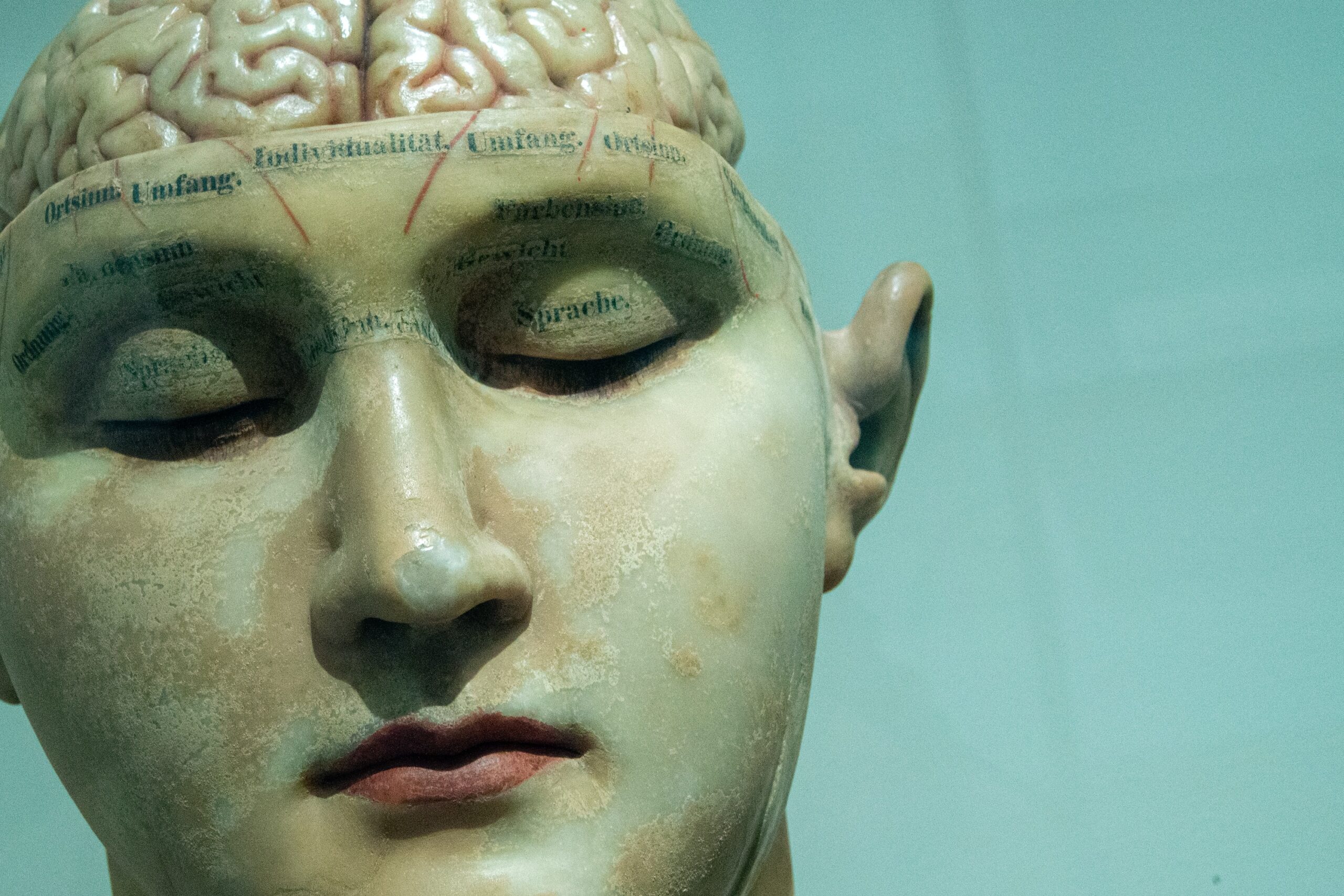Clint Eastwood’s 1982 thriller, Firefox, is little remembered these days except as the namesake of the best web browser. The titular plot device of the movie was a super-advanced Soviet jet fighter, capable of flying at Mach 6 and controlled by thought. Which leads to an unintentionally amusing sequence where the jet refuses to respond to Eastwood’s commands until he remembers, “You must think in Russian!”
This scene, of course, works on the idea that we think via an ‘inner voice’, a kind of Cartesian monologue in our heads. Yet most of our actions occur without any ‘voiced’ thoughts: we don’t say to ourselves, “Lift right arm and pick up the glass by the stem; now, raise it to the lips”. We just do it. On the other hand, some people report not having any ‘inner voice’ at all.
Real thought-controlled systems, as it happens, don’t work by command from an inner voice.
When Phil O’Keefe wants to open a document or click a link on his computer screen, he can think about tapping his left ankle.
That brain activity is collected by sensors implanted in a blood vessel in Mr. O’Keefe’s brain and relayed to a computer through devices in his chest. The signals are converted to a mouse click or zoom-in on his screen with the help of machine-learning software.
What seemed like far-fetched science fiction just a few decades ago is becoming reality thanks to advances in brain-sensing technology. These don’t literally ‘read our thoughts’, but track the brain activity that correlates to certain specific actions.
Companies and academic labs around the world are racing to build next-generation devices and artificial intelligence that can monitor and decode brain activity. With as many as 500,000 people a year world-wide suffering spinal-cord injuries and strokes becoming more common among younger patients because of Covid-19, the need is huge, neuroscientists said.
Success hinges on better understanding normal brain function and being able to build durable, accurate and safe devices that work outside research settings[…]
Silicon Valley startup Synchron Inc., which developed the sensor in Mr. O’Keefe’s brain, are working on technology to access the brain while limiting the potential for damage.
Experts said Synchron’s Stentrode has the potential to expand mobility options for patients who can’t move. So far, its accuracy varies. Experts said that could improve with training or software updates.

As can be imagined, sticking wires in peoples’ brains isn’t exactly without risk.
The technology is in very early stages, and its long-term safety needs to be assessed in more patients, experts said: If the device ruptured the blood vessel it is in, the injury would likely be fatal. The company said it has done safety testing to mitigate risks.
The Stentrode has been implanted in three patients so far as part of a small trial in Australia, said Thomas Oxley, Synchron’s chief executive[…]
“Within two or three months…the patients were already doing far more than we thought we’d be doing that quickly with a prototype device,” said Dr. Mitchell, director of the neurointervention service at Royal Melbourne Hospital.
For people with debilitating neurodegenerative diseases, the risks are well worth it, given the alternative.
“My condition being terminal, it was really a question of, Do I want a quality of life or do I just want to sit and watch television all day?” said Graham Felstead, 76, the first patient implanted with the device.
The future of the technology depends on not just building safe interfaces (‘wires in the brain’) to more accurately reading and interpreting brain activity.
Recent work in neurotechnology aims to record from as many brain cells or regions as possible to give scientists more precise readings on the signals that underpin activities such as speech, walking and grasping. Data scientists can then translate those neural recordings into instructions that can be fed into a robotic device, or back into the nervous system, to produce movement, vision or even the sensation of touch, experts said[…]
Accessing so many of the brain’s delicate cells comes at a price: The electrodes that reach into the tissue can cause inflammation over time. Developers are working on sensors made from materials that are less damaging and on miniaturizing.

Not to mention the risk of turning into a super-villain.
But seriously, such devices have enormous potential for improving quality of life for otherwise immobilised patients.
Then there’s making reality of that deathless, robot body I’ve always dreamed of.

If you enjoyed this BFD article please consider sharing it with your friends.

